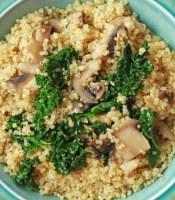
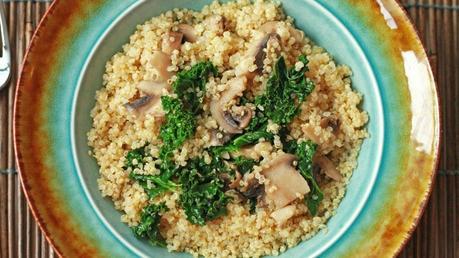
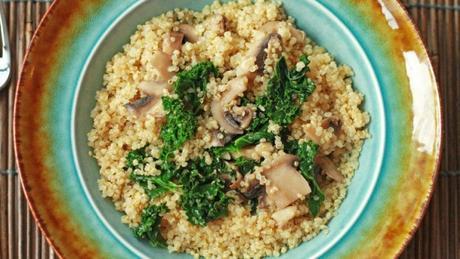
A few years ago, I used to think that “carbing up” with a big plate of pasta the night before a match was all I needed to do to have the energy for the following day.
Eating for any type of athletic performance, however, shouldn’t just take place before or after a match or workout. It’s something you should be conscious of at every meal and every snack, and your strategy should involve more whole foods and natural nutrition rather than the factory-manufactured kind.
Here are 8 of my fave healthy eats for my optimal on-court performance:
Pasta

Protein may be important for building muscle, but carbohydrates are still the single most important component of any athlete’s diet.
Why carbs and not protein? Our bodies burn carbs as fuel. We can also burn fat or protein, but we have to convert those into carbs first, which is more work for the body – and our bodies will be working hard enough during our matches!
So what kind of carbs should you eat? Most of the time, whole-grain varieties are best. They have more fiber and less added sugar than their refined counterparts. The night before a big match, though, switch to the simple stuff, like plain pasta with a light marinara sauce. Fiber takes a while to get through your system and it can contribute to gastrointestinal distress, so reducing it before a match or Body Pump class can help things run more smoothly :-)
Bananas
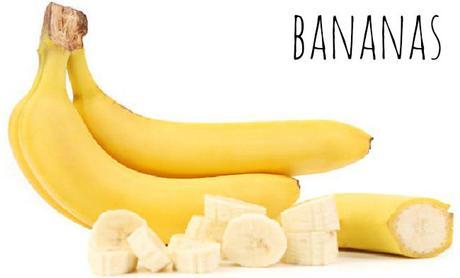
At about 100 calories a piece, bananas are a great source of easy-to-digest sugar and natural electrolytes.
They may not be as convenient as bars or gels, but they’re a good option for people who are looking for a natural, less-processed alternative that basically does the same thing.
They’re also a favorite post-match recovery food, too, and for good reason:
One medium banana contains 422 mg of potassium (and ladies, we need 3500 mg a day!), which your body needs to regulate fluids and prevent muscle cramps and spasms. And because you sweat out potassium during physical activity, it’s important to replenish it as soon as possible afterward.
Salmon
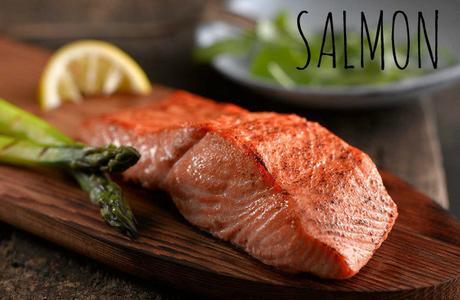
Oily fish, like salmon, mackerel, and trout are excellent sources of lean protein and omega-3 fatty acids, which help reduce inflammation that can hamper athletic performance and contribute to chronic conditions like heart disease.
You get a great source of calcium when you eat salmon. You don’t get that from other fish, like tuna. And, in just one serving, you get 35 percent of your daily requirement for protein! Most experts agree that eating seafood twice a week (or about 8 ounces total) is a good amount to reap its benefits.
Wild salmon generally contains fewer cancer-causing chemical contaminants than the farmed variety, but it can be expensive or hard to find at your grocery store. If that’s the case, I highly recommend stocking your pantry with some canned wild salmon. in chowders, salmon burgers, salads, or pastas.
Quinoa
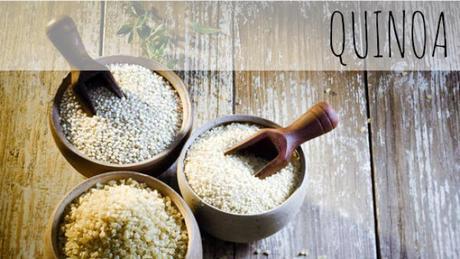
Although it’s really a sprouted seed, quinoa is usually considered a whole grain — and a super one, at that. It’s got nearly twice as much protein (8 grams per cup) as other grains, and it’s one of the only foods to contain all nine essential amino acids our bodies need to build lean muscle and recover from long matches and tough workouts.
Quinoa is also a great source of fiber and carbohydrates, and it’s extremely versatile. You can eat it like a breakfast cereal with cinnamon and honey, or make it savory and serve it in place of rice or pasta.
A super food you can eat for breakfast, lunch and dinner? AWESOME!
Beans & Legumes
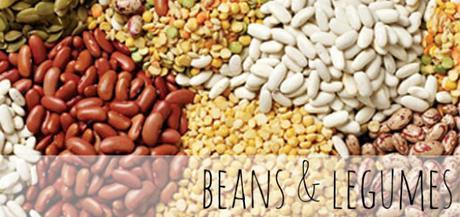
For vegetarians (or those who just want to go meatless once and a while), plant-based sources of protein are a must. These include soybeans (and tofu), lentils, peas, and all varieties of beans — black, pinto, white, kidney, etc.
Most people don’t eat enough of these or they say they don’t like them, but really, you can do so much with them. Add them into salads, make a three-bean chili, eat hummus… You don’t have to just eat them straight.
While canned beans are convenient, anything made fresh will always be better for you, as it will have less sodium and no preservatives.
Beans may not be the protein powerhouse that steak or poultry is — a cup of black beans has about 114 calories and 7 grams of protein, versus 168 calories and 33 grams of protein for 4 ounces of skinless chicken breast. But unlike animal protein, beans have no saturated fat and are also an excellent source of fiber, which can help keep you feeling fuller for longer.
Berries
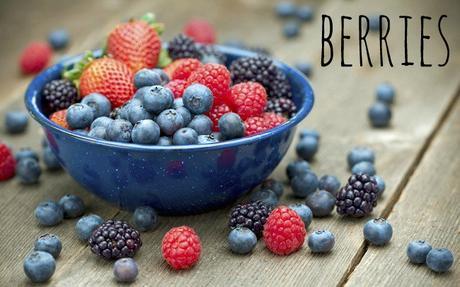
Antioxidants such as vitamins A, C, and E help protect against oxidative stress and free radicals that form in the body during strenuous physical activity — and berries are one of the best sources out there. Not only that, but studies have shown that eating antioxidants also seem to help preserve muscle strength as you age.
Choose berries with the most intense colors — blackberries, raspberries, blueberries — because they have more of those phytochemicals and protective substances. Toss them into a smoothie, add them to your morning cereal, or just eat them by the handful. Aim to eat berries (and other fruits) from across the color spectrum to ensure that you’re getting a wide variety of antioxidants and nutrients. And they taste freakin’ amazing!!
Nuts And Nut Butter
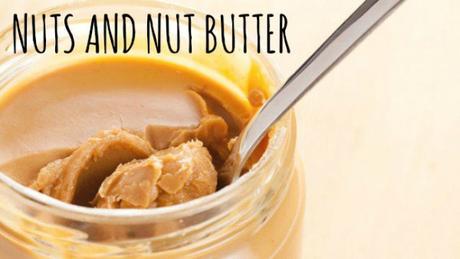
Because they’re a natural combination of protein and healthy fats, nuts (and nut products) are a staple in many sports players’ diets. Raw tree nuts, such as almonds, cashews, walnuts, and more, are easy to digest and have been linked to lower cholesterol, better heart health, weight control, and even a lower cancer risk.
So what are you waiting for? Do your body good and munch a handful of your favorite nuts!
Cruciferous Veggies
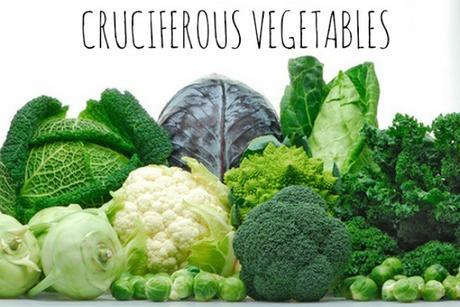
All vegetables are good vegetables when it comes to providing the vitamins and minerals your body needs for optimal performance. But some—including dark, leafy greens and members of the cruciferous family, like broccoli, cauliflower, brussels sprouts and kale, have higher concentrations of antioxidants, fiber, and other important nutrients. As with fruits, it’s important to eat a variety of different colors, but as a general rule, darker is usually better.
One exception? Cauliflower, which holds its own against its colorful cousins in terms of health benefits and antioxidant properties.

